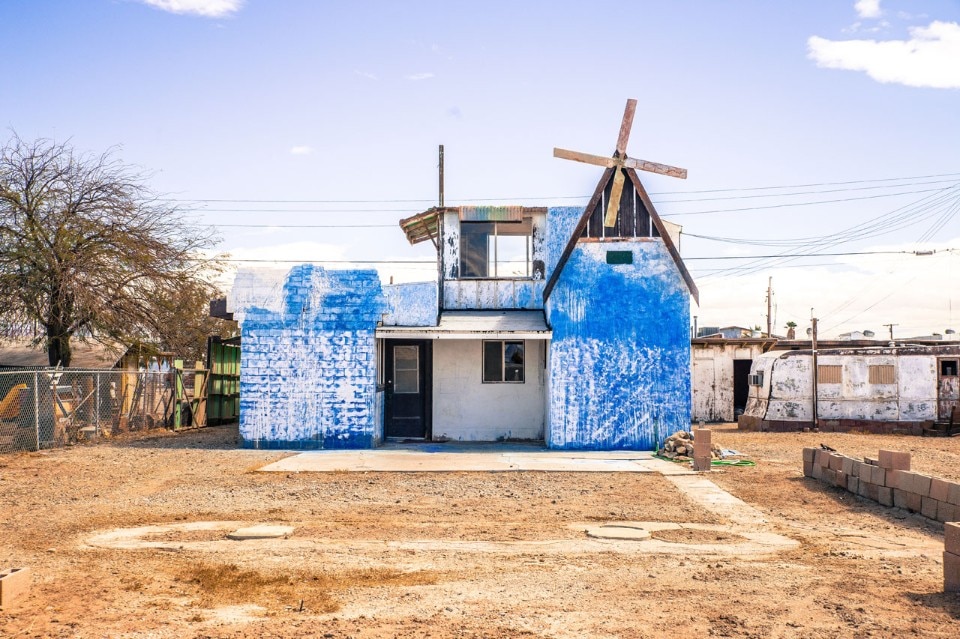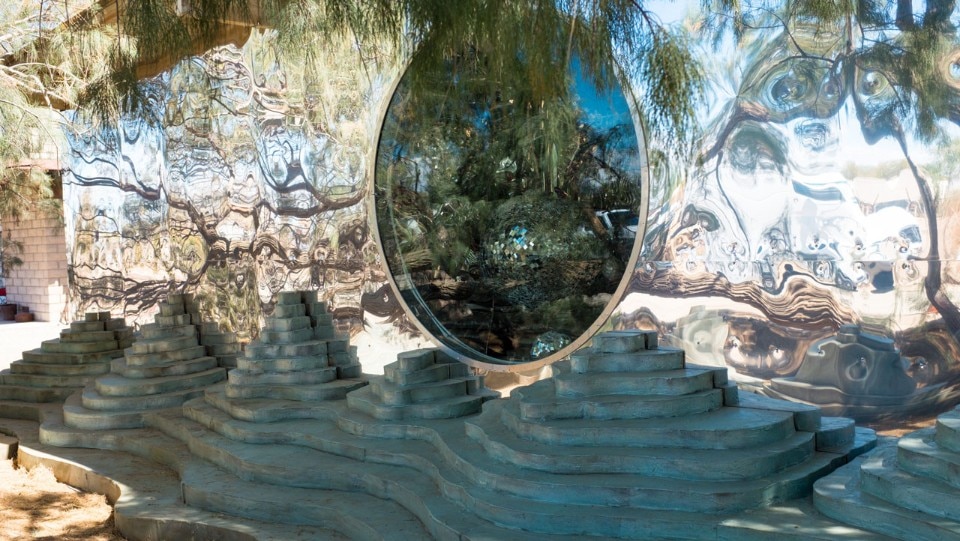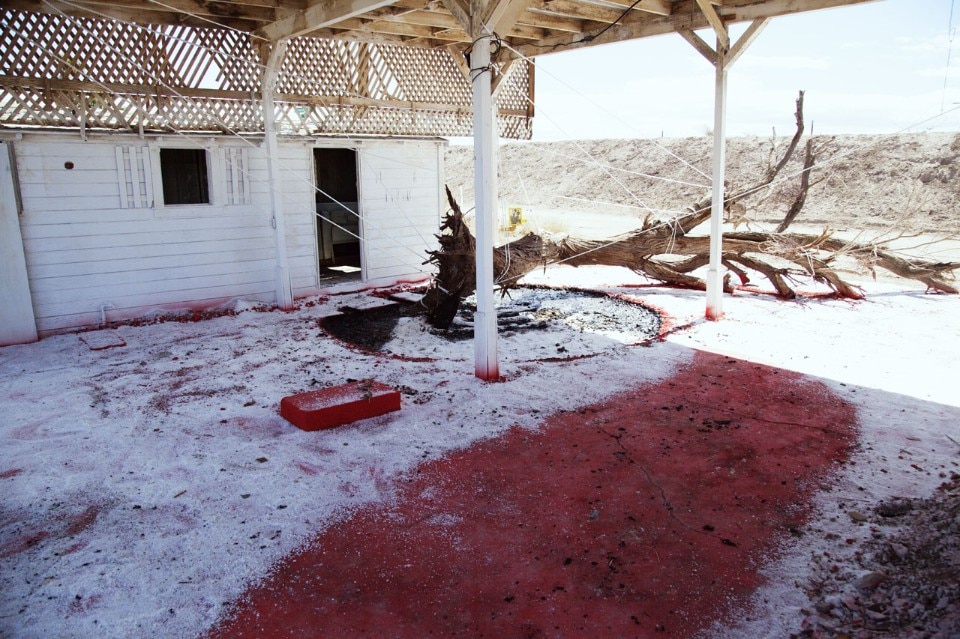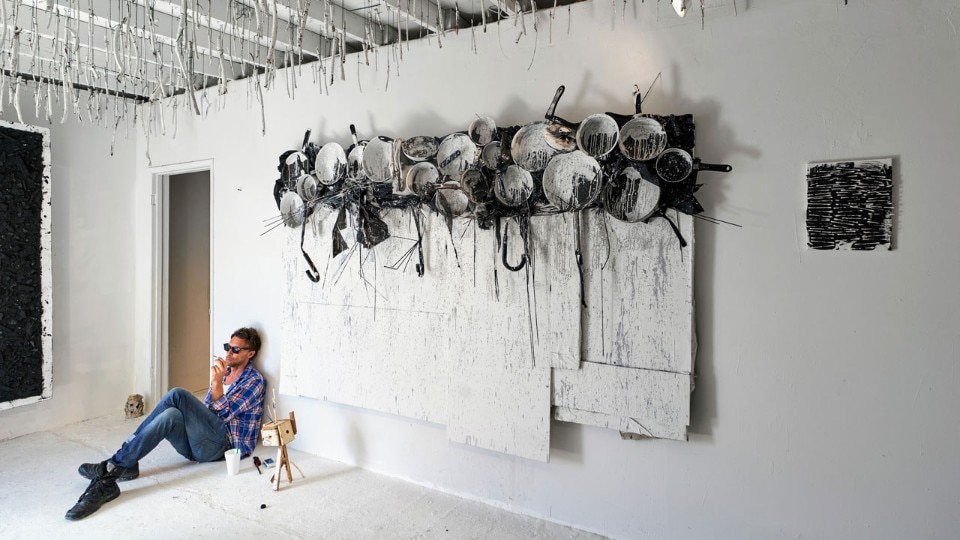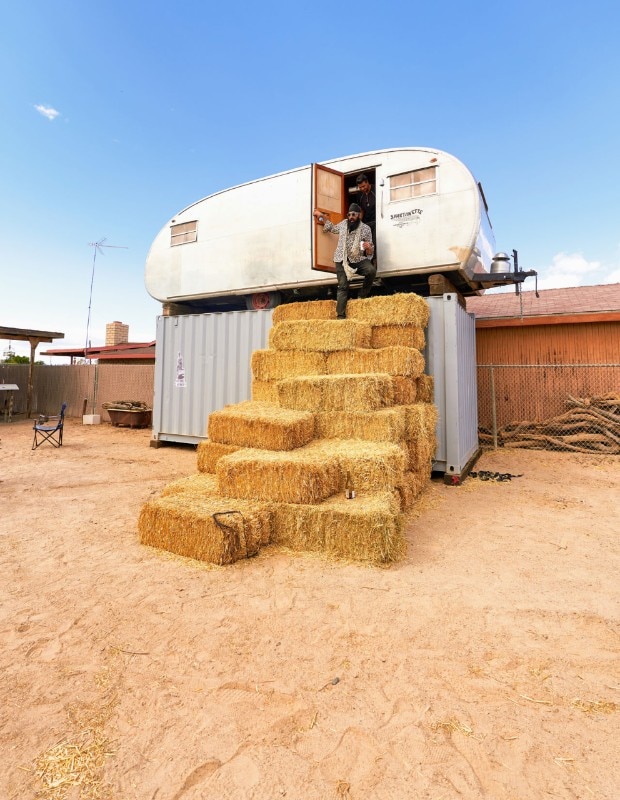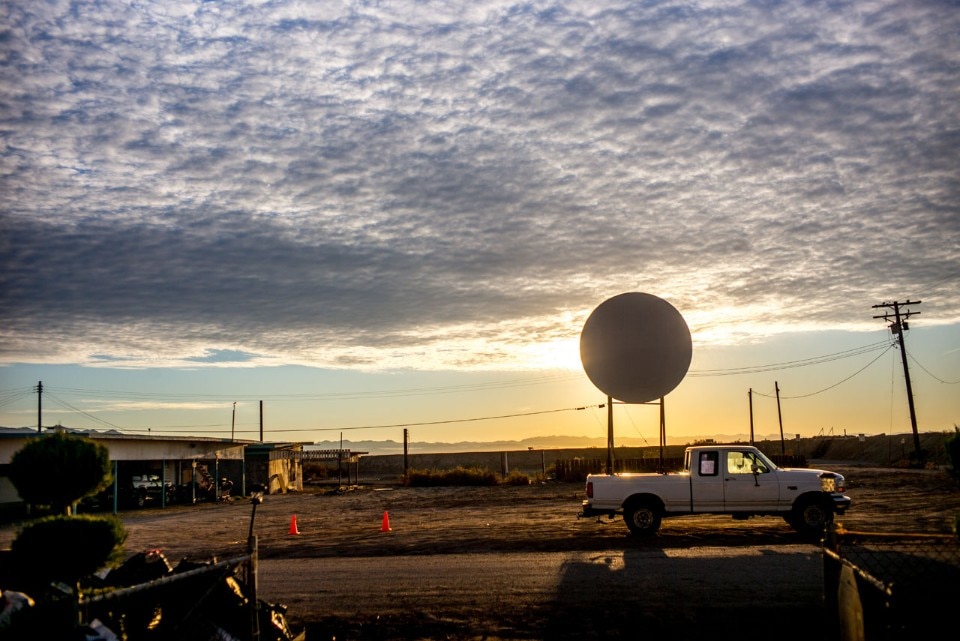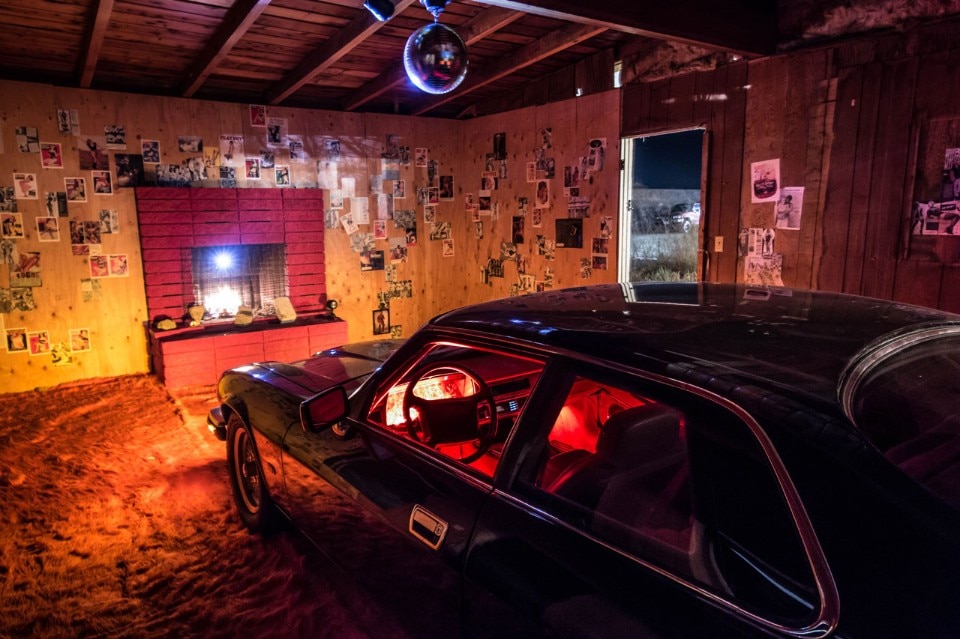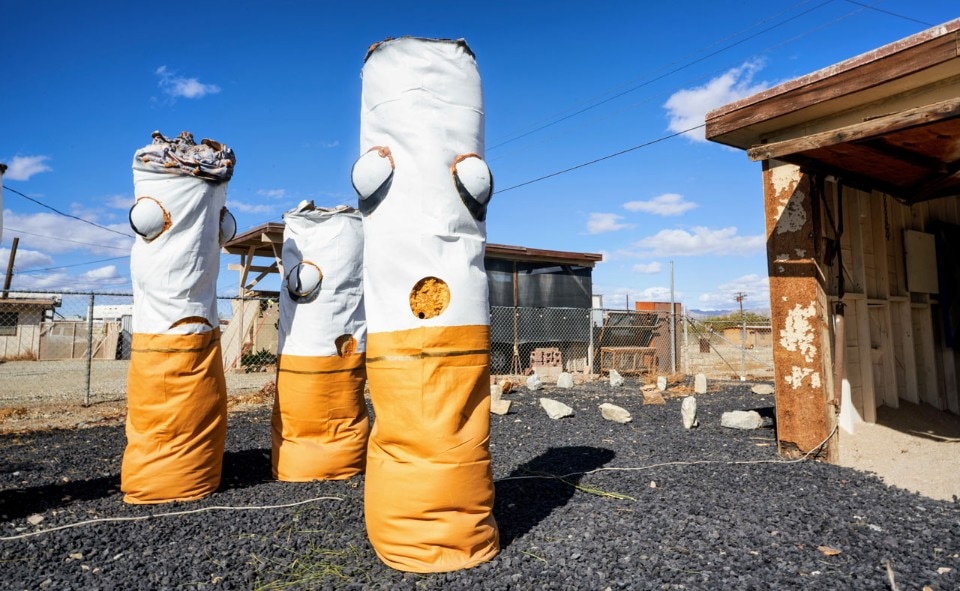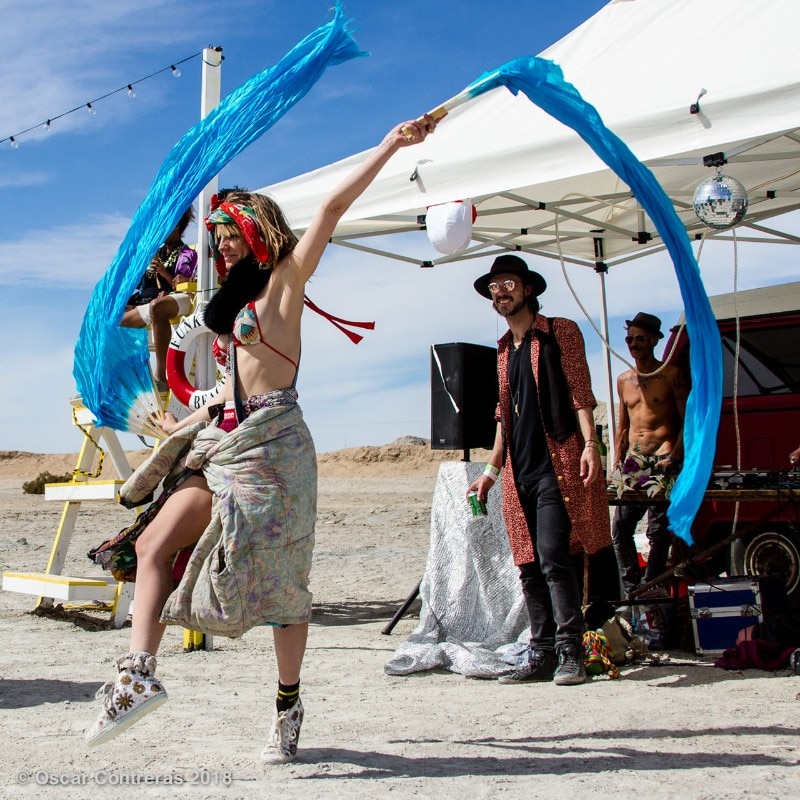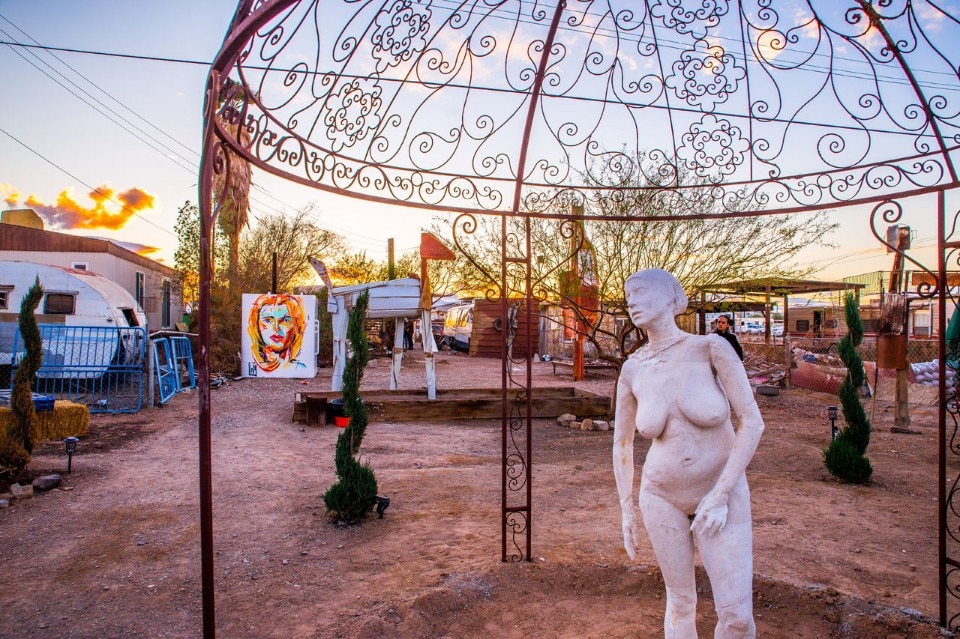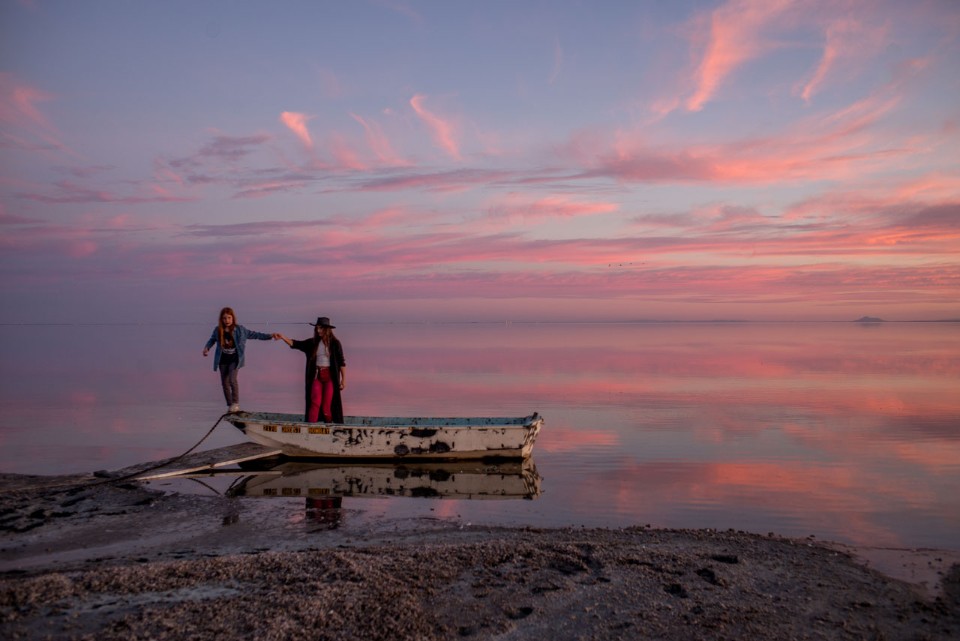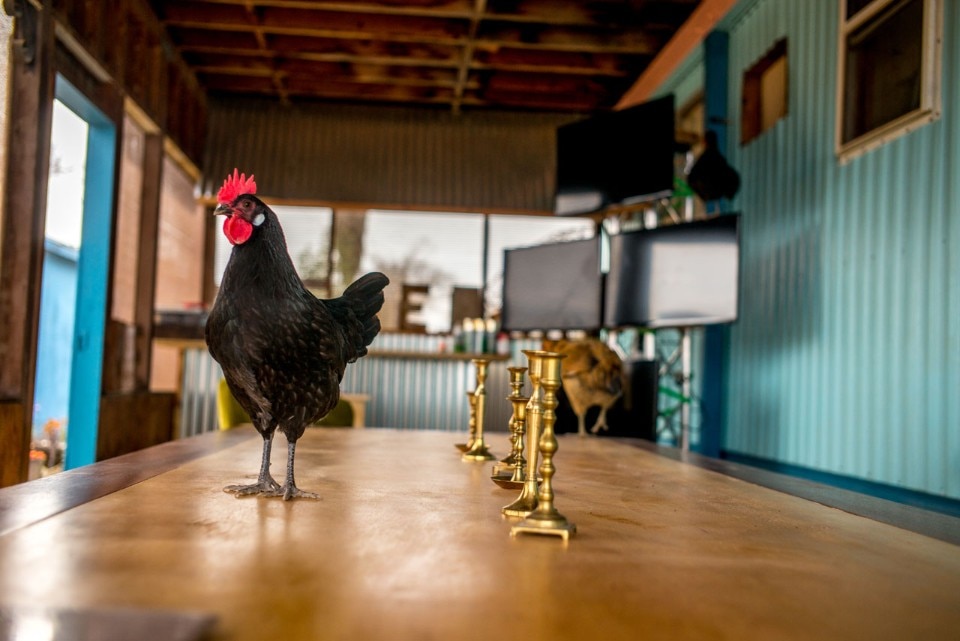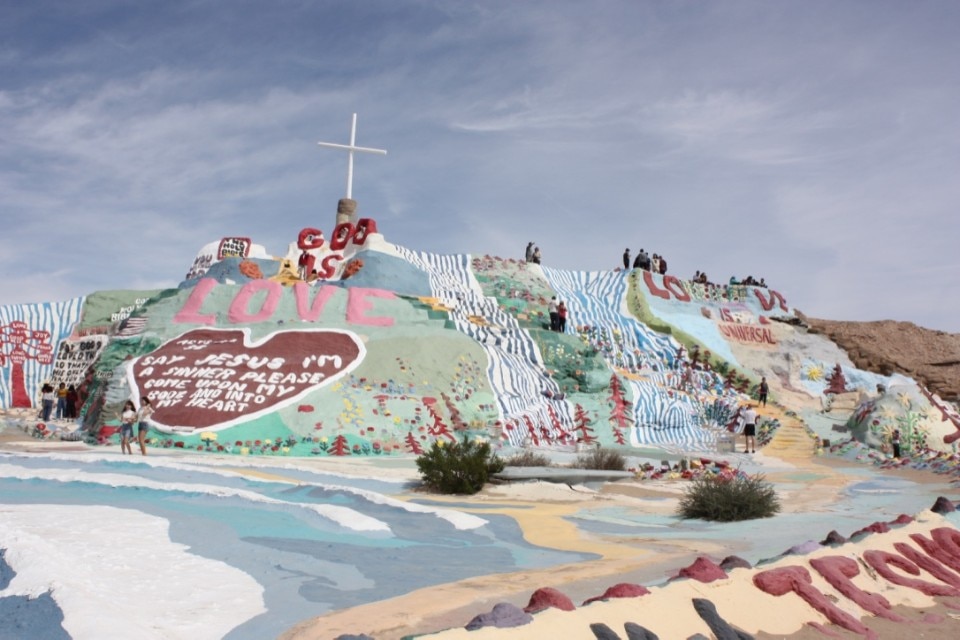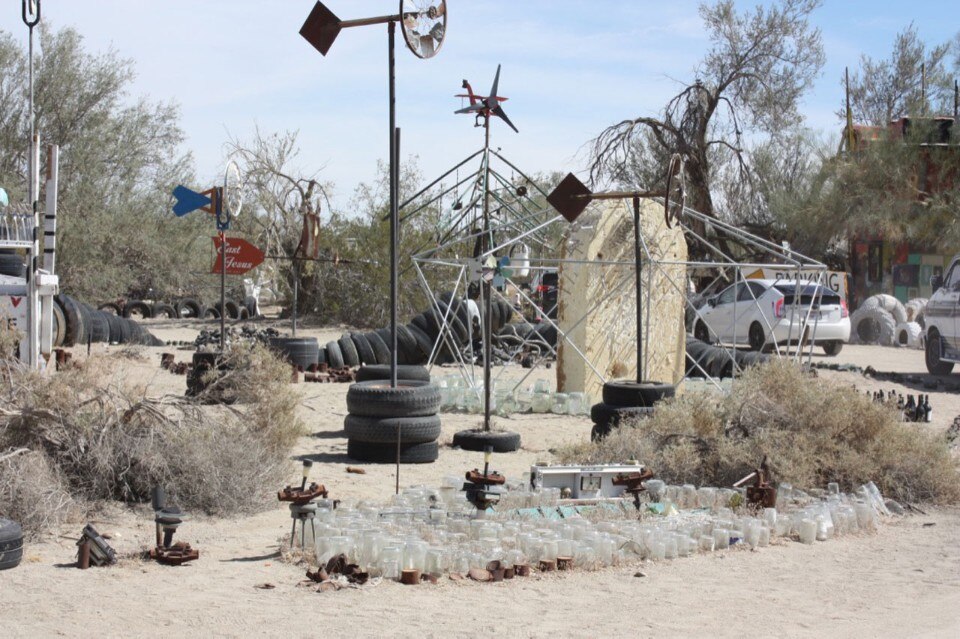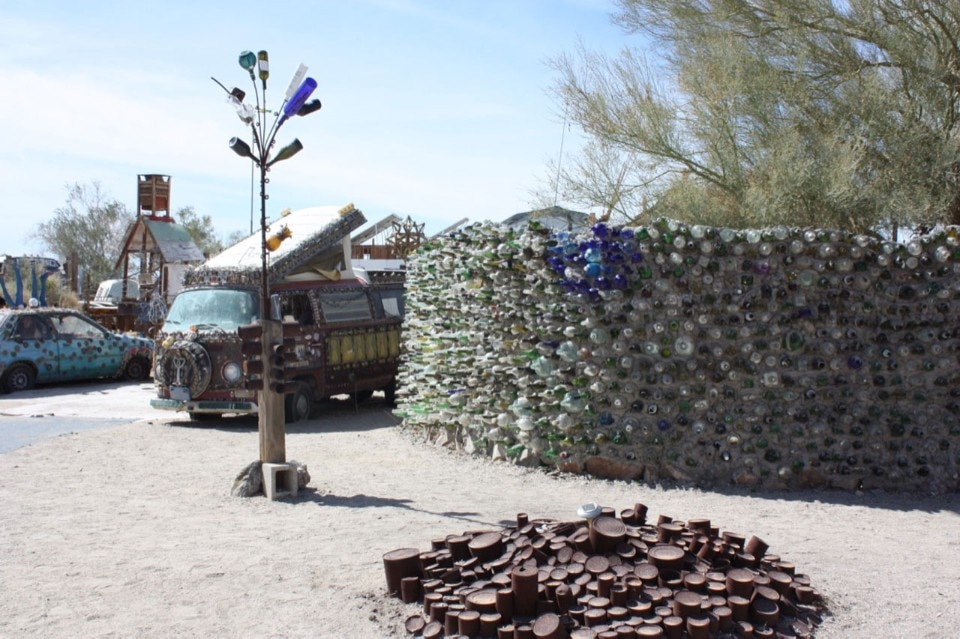While watching the filming of a documentary, we discover an America on the edge, surrounded by the breathtaking scenery of the Imperial Valley and about an hour from Palm Springs. Our destination is the Bombay Beach Biennale and Slab City, an informal settlement in the heart of the desert. Inhabited by numerous Burners (“Burning Man” activists), Bombay Beach lies on the shores of the Salton Sea, a lake formed less than 100 years ago.
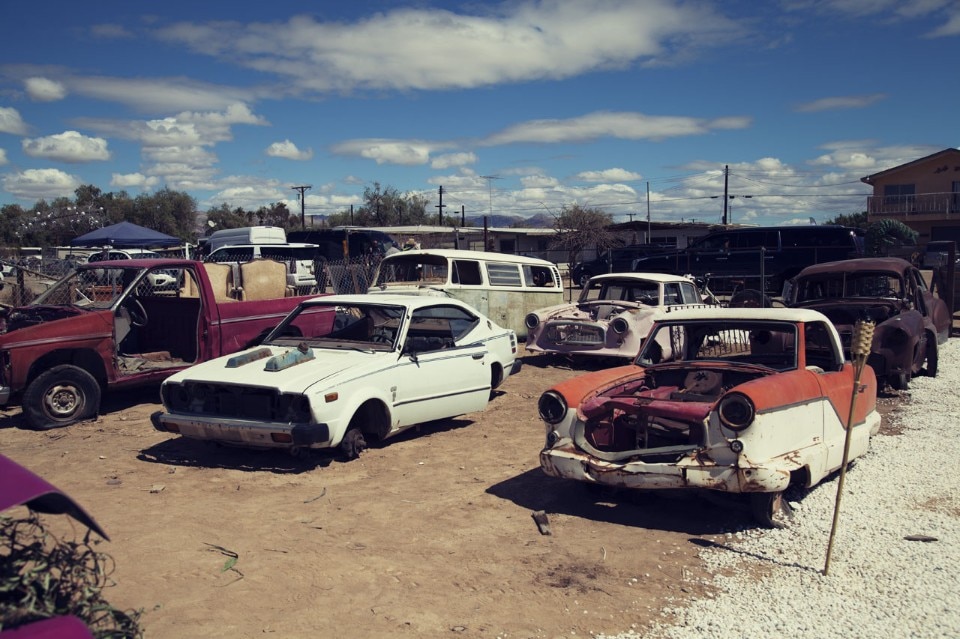
 View gallery
View gallery

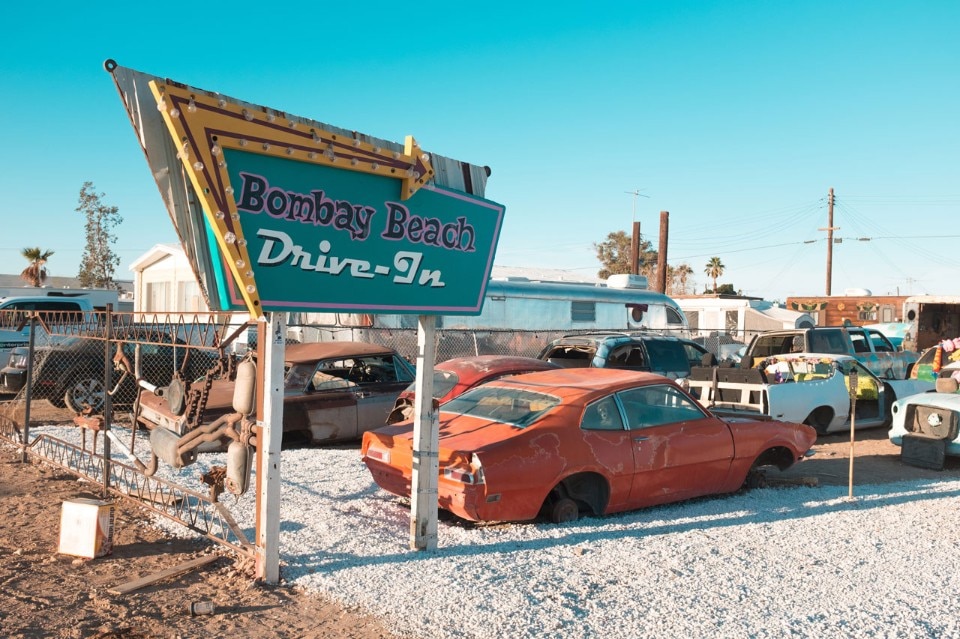
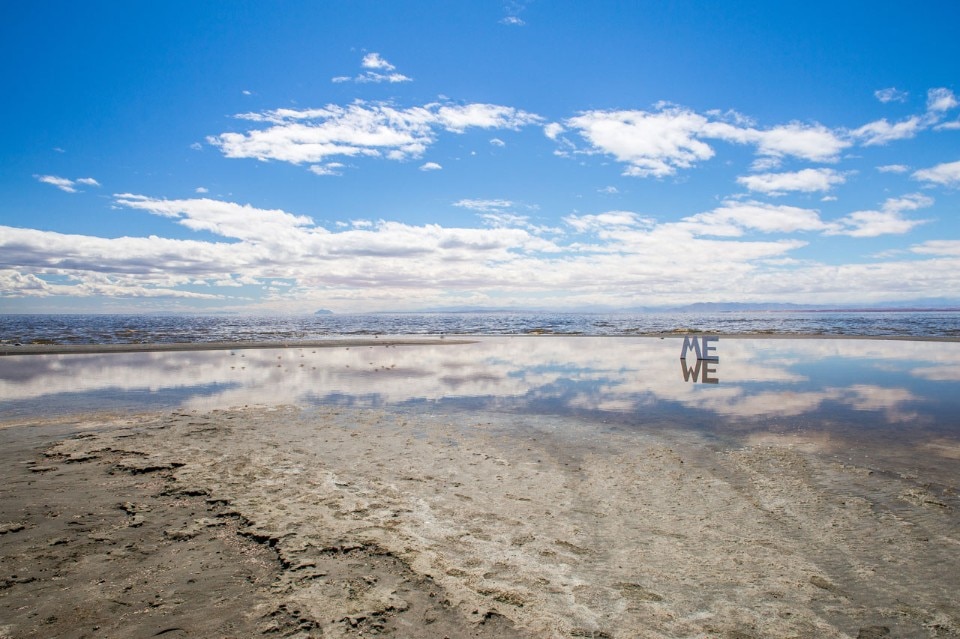
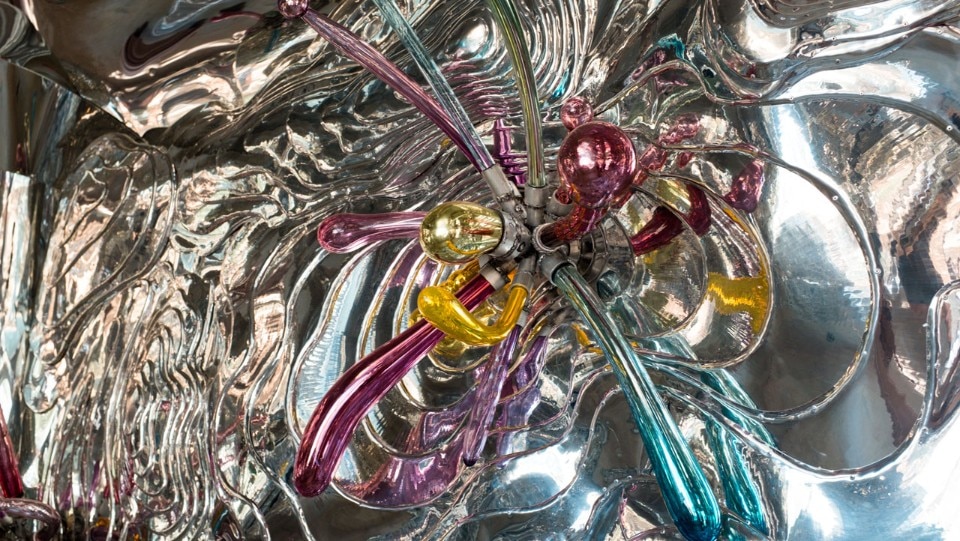
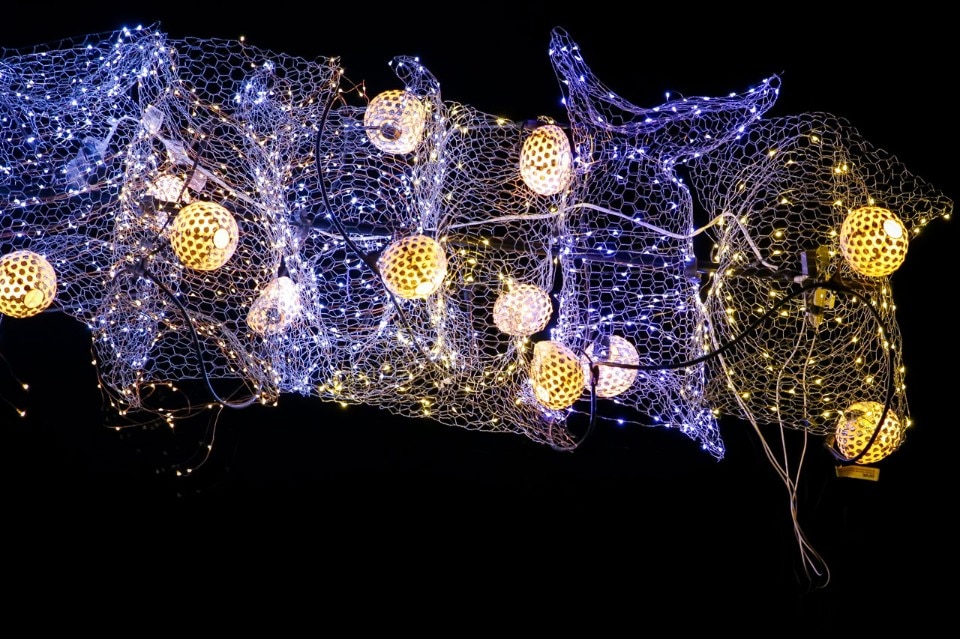
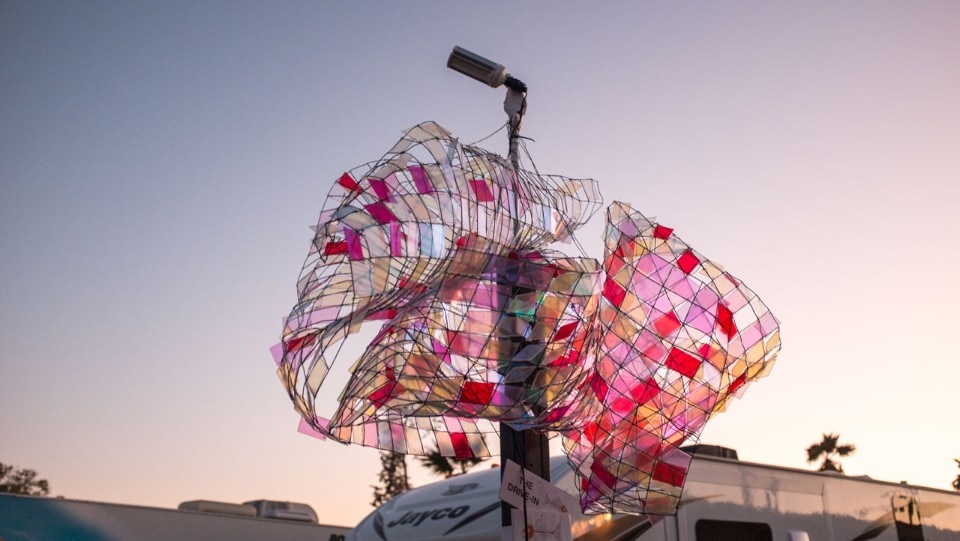
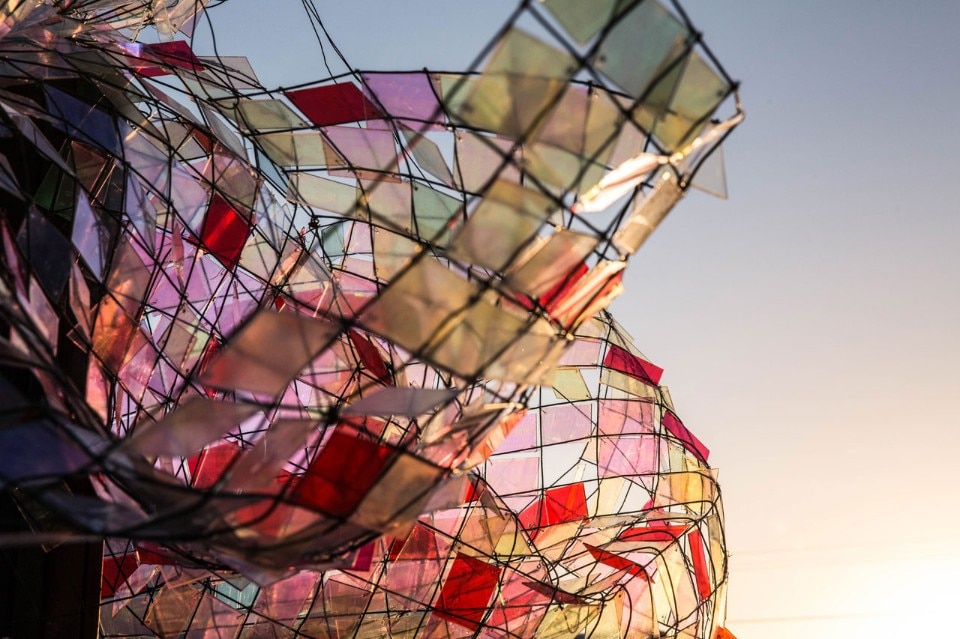
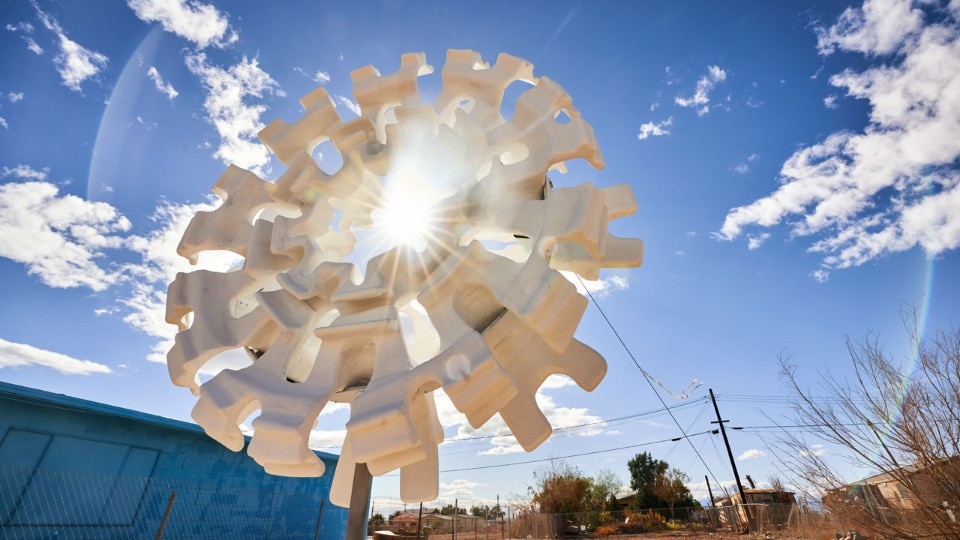
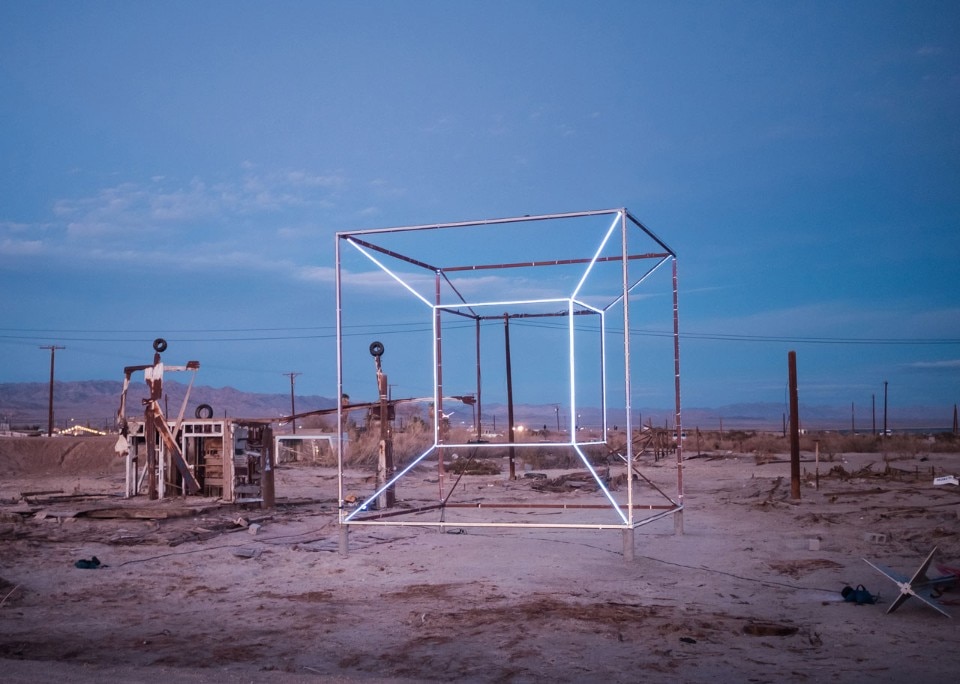
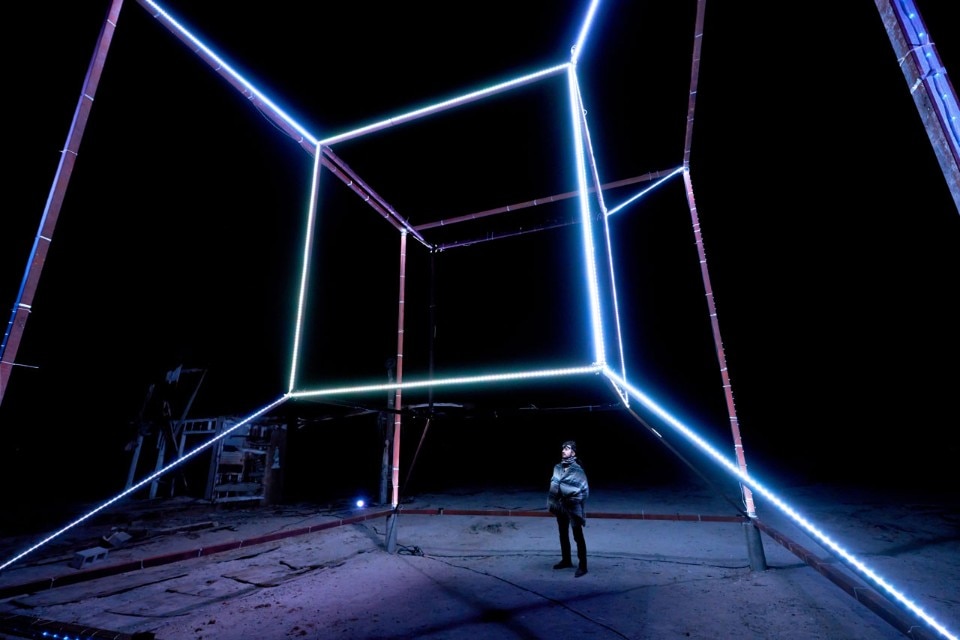
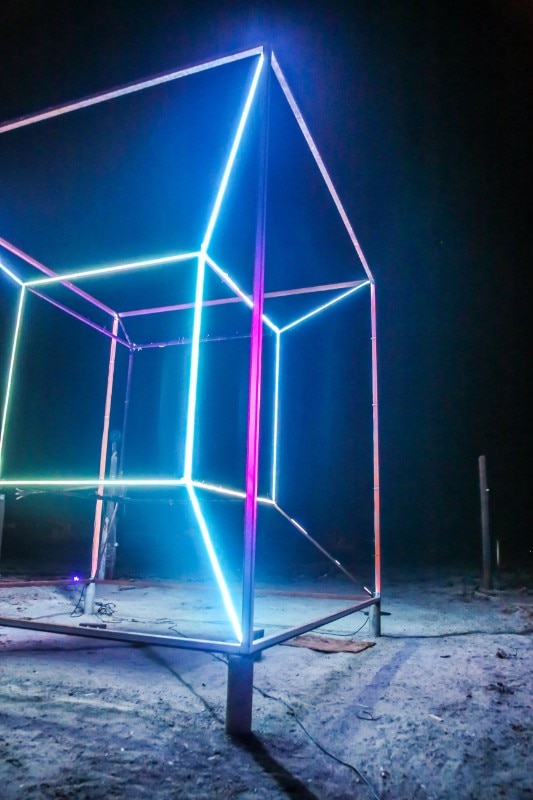
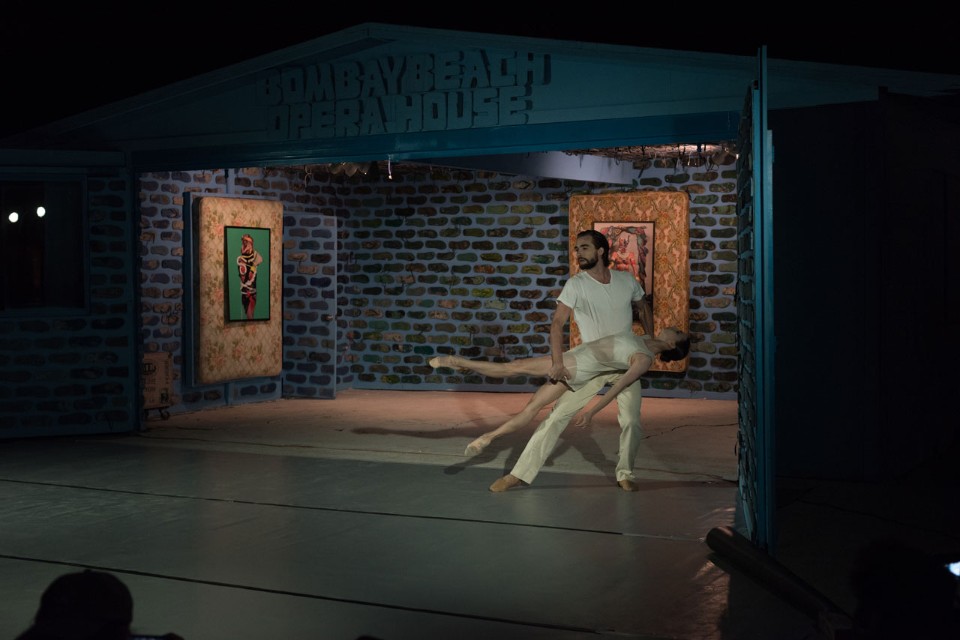
BBB2018
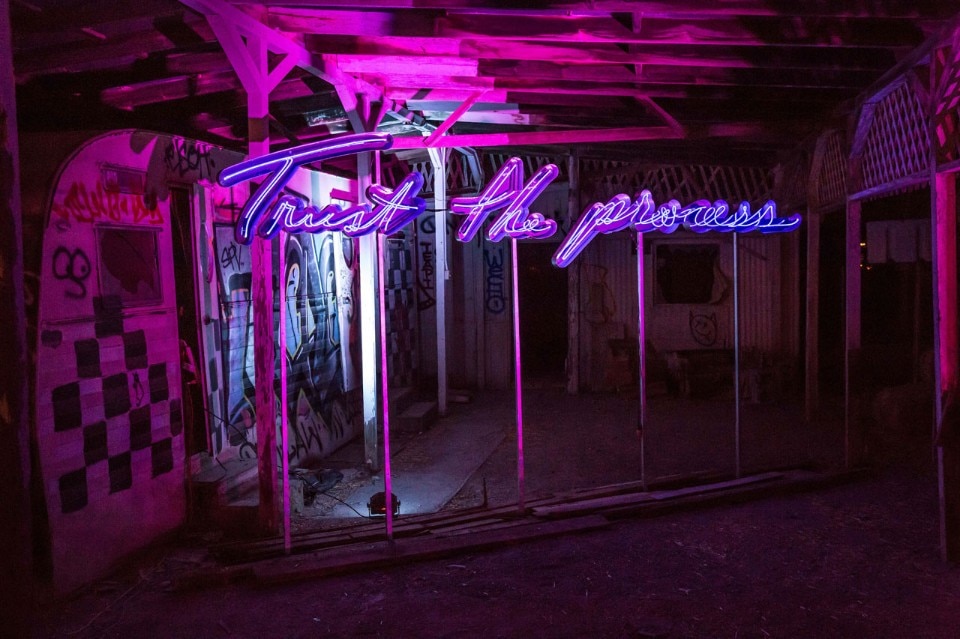
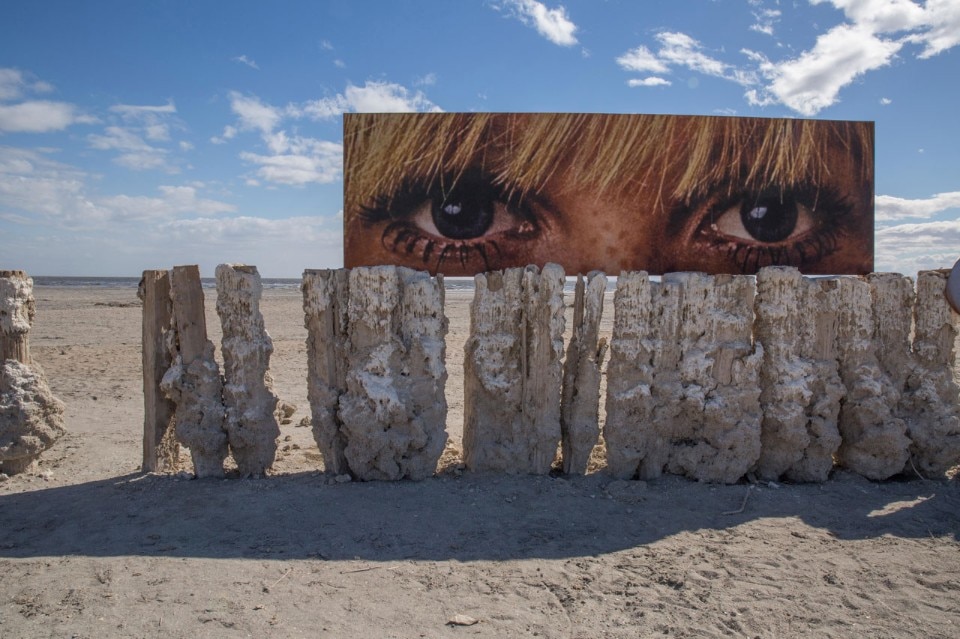
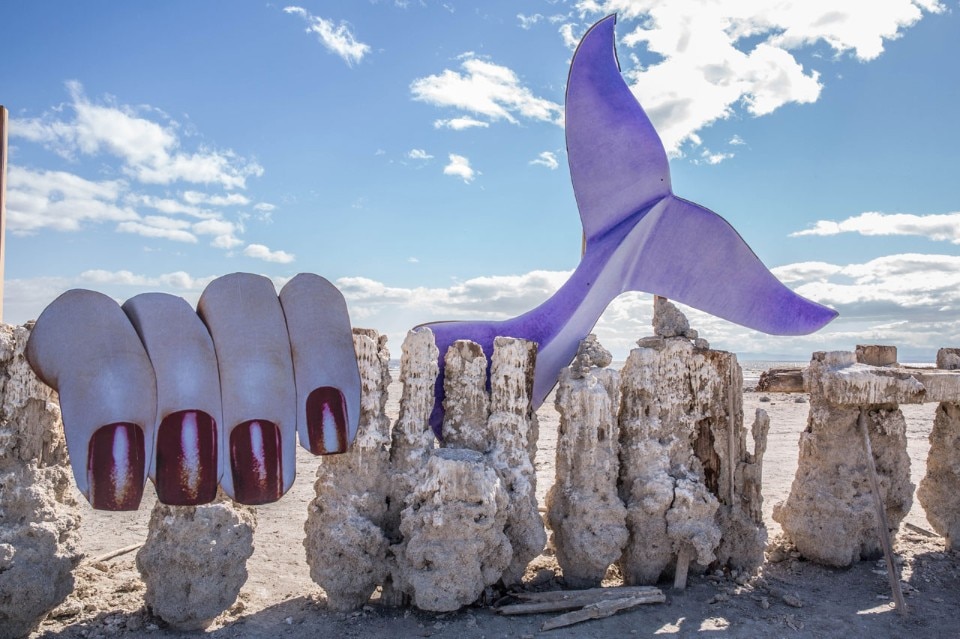
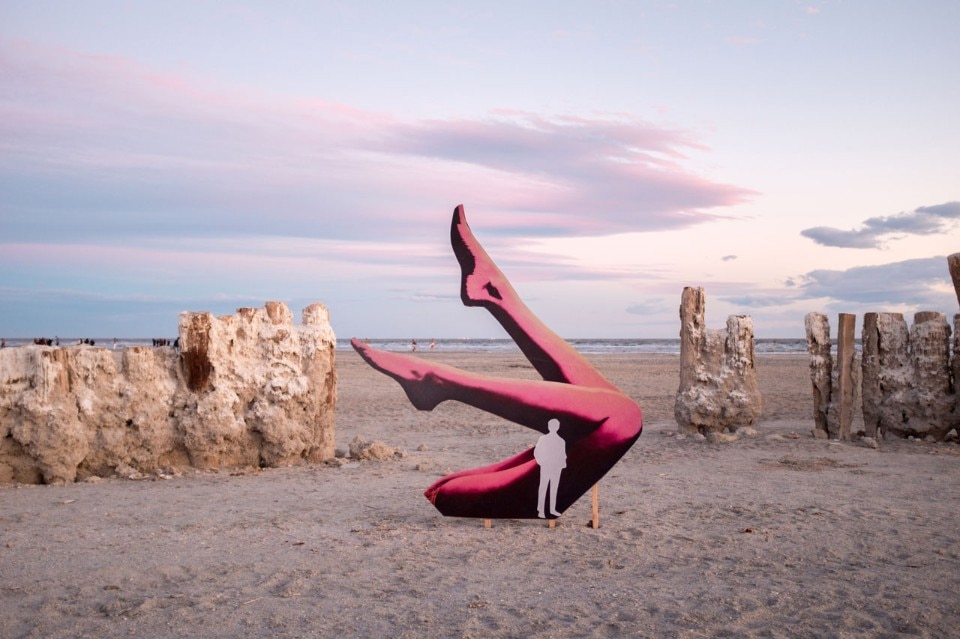
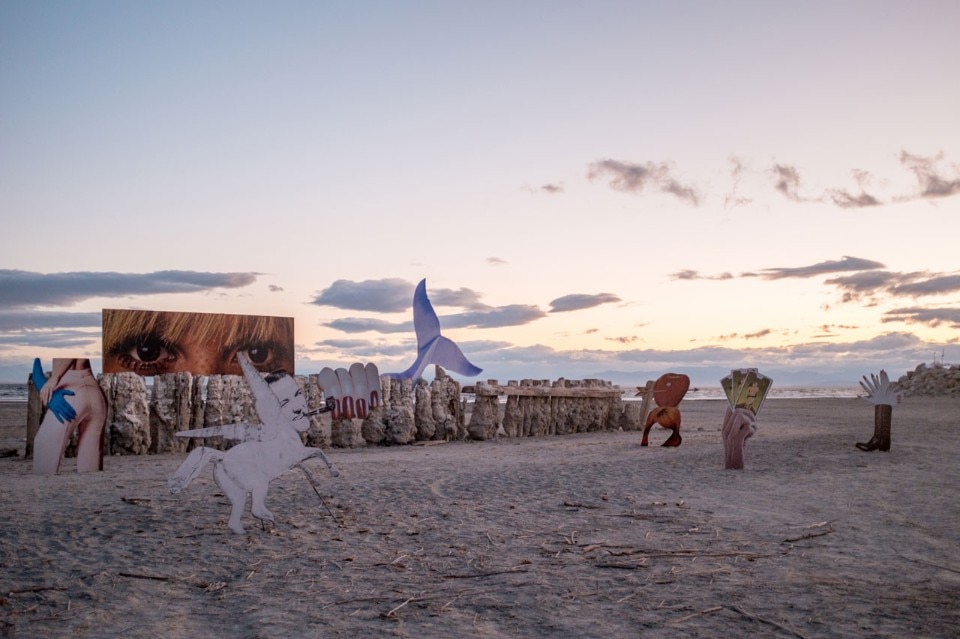
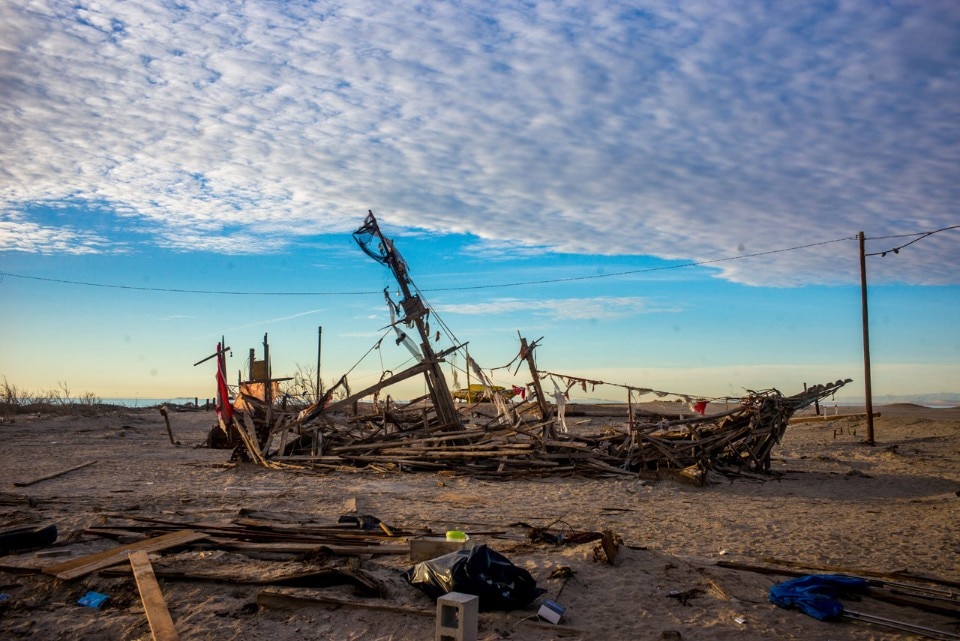
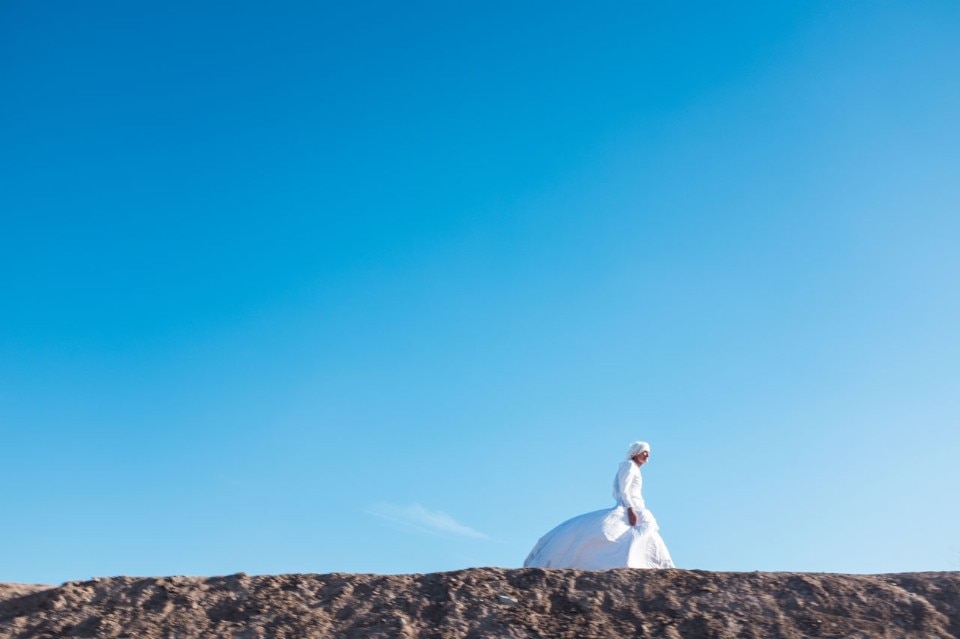
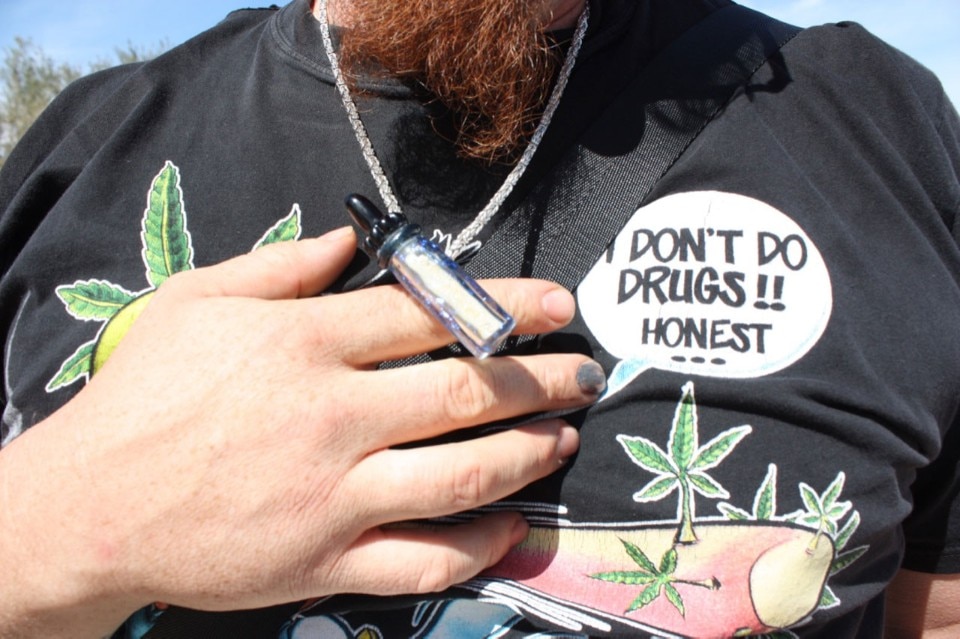
In 1905, the Colorado River flooded following a miscalculation by California Development Company engineers who, in an attempt to improve the irrigation system, created one of America’s least-known environmental disasters. In 1908, California’s largest artificial lake (890 km²) was born and its shores became a holiday destination in the 1950s favoured by Frank Sinatra and the Beach Boys. Over time, soil salinity and pesticides exterminated most of the fish and tons of toxic algae were dumped in the water. The beaches became an abandoned outdoor ossuary. Bombay Beach is one of many Census Designated Places: areas identified only for statistical purposes. Its approximately 300 inhabitants come from highly diverse backgrounds and with stories that often speak of poverty but also resilience.
“The good Lord brought me here,” is how many people explain why they chose to live in this place. Some moved here to treat their cancer in Mexico at affordable prices; others sold their cows and pigs to buy a piece of land; others wanted to start a new life after prison. There are Vietnam veterans, religious activists, musicians and retirees. The heart of the community is the Ski Inn, a bar with walls lined with thousands of one-dollar bills. This is a bruised but combative America where the welfare system is revealed in all its fallibility and contradictions.
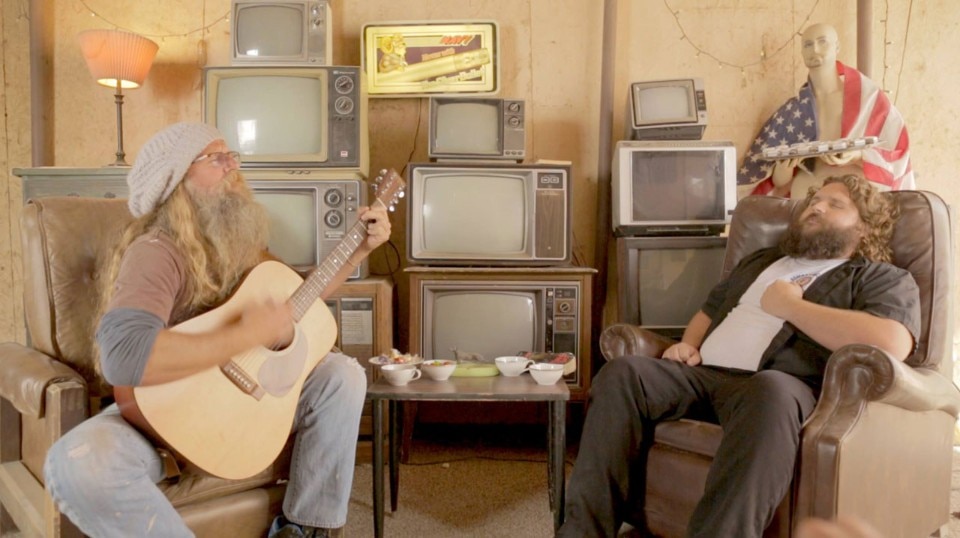
This settlement in the deep Californian South comes to life three days a year for an eccentric, dreamy and hedonistic festival that, before the amused eyes of its inhabitants, rocks the town with the arrival of Angelenos “radicals” accompanied by artists, Harvard, UCLA and Columbia professors, Balkan musicians, archistars and architecture students, as too the most underground parties, performers, circus acts, opera singers, San Francisco Opera dancers, actors and models. Then the locals realise that the old abandoned shacks can be converted into incredible spaces. “This place was exploited for its scenic effects to shoot movies. When they’d finished filming, everything disappeared,” explains Tao Ruspoli, the Italian-American filmmaker who founded the Biennale with Stefan Ashkenazy, owner of an art hotel in Hollywood, and Johnson & Johnson heiress Lily Johnson White. The festival was thought up to highlight environmental urgencies and contribute to the rebirth of the town along with its residents: decay as a means of regeneration through art.
Opening image: a house in Bombay Beach, photo Anya Kaats
- Title:
- Bombay Beach Biennale
- Where:
- Bombay Beach, California
- When:
- sometime in March/April
- Curators:
- Tao Ruspoli, Stefan Ashkenazy, Lily Johnson White
- Film-documentary:
- Elysian Fields
- Director:
- Susanna Della Sala
- Cinematography:
- Andrea José di Pasquale


